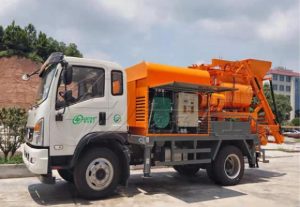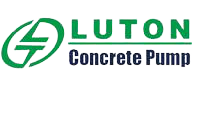Concrete pump pressure refers to the pressure generated by the concrete pump machine during working process. It is used to overcome the flow resistance of concrete in the conveying pipeline and ensure smooth conveying of concrete material to the goal location. Concrete pump pressure is an important parameter, affecting the fluidity and uniformity of concrete material, as well as the service life of the pumping pipeline. So, it is necessary to reasonably control the concrete pump pressure to ensure construction quality and safety.
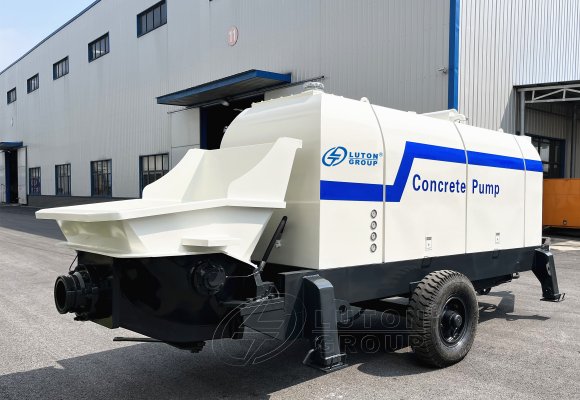
Factors Affect Concrete Pump Pressure
Generally speaking, the normal pumping pressure of concrete pumps is usually between 10MPa and 20MPa. And the normal pressure of small concrete pumps is between 2.0MPa and 4.8MPa. But the specific pumping pressure still needs to be adjusted according to the actual construction conditions.
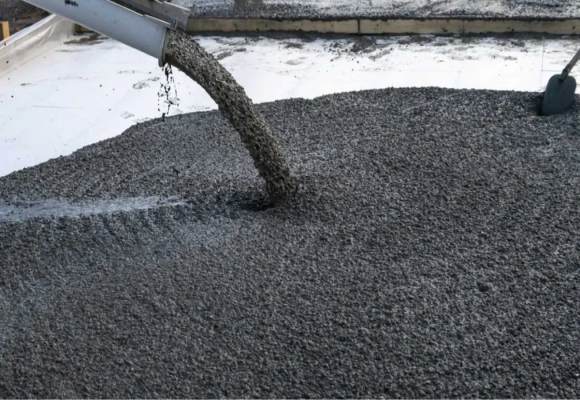
Concrete pumping pressure varies due to different factors. There is no fixed value of it. The magnitude of concrete pump pressure mainly depends on multiple factors, including the fluidity of concrete, mix ratio, pumping distance and height.
When the fluidity of concrete is poor, higher pressure is required. Different concrete mix proportions lead to different pumping difficulties. The increase in pumping distance and height will also lead to a corresponding increase in pumping pressure. So it is necessary to adjust the pumping pressure according to the specific mix proportion.
In all, determining the appropriate pumping pressure is a process that requires comprehensive consideration of multiple factors. Therefore, in practical applications, it is recommended to consult the professional manufacturers.
Pumping Power And Pumping Pressure
Concrete pump pressure affects concrete flow in the pipeline directly. Meanwhile, the power of concrete pump machine determines the maximum pressure and flow rate. The stronger the pump power, the greater the pumping pressure. Greater concrete pump pressure can cope with longer pumping distances, higher pumping heights, and more viscous concrete.
However, it should be noted that greater power does not mean the better pumping efficiency. When selecting a concrete pump, it is necessary to consider the specific construction needs and conditions comprehensively. If the pumping distance is short, the height is low, or the concrete has good fluidity, a concrete pump with lower power is a wiser choosing. It is competent for the requirements and save costs.
On the contrary, if the construction conditions are more stringent, it is necessary to choose a pump with higher power to ensure smooth concrete pumping.
In addition, attention should be paid to the relationship between concrete pump pressure and pump efficiency. Although increasing pumping pressure can improve the efficiency of concrete delivery, excessive pressure may also lead to increase pipeline wear, even pipeline explosions and energy consumption. Therefore, it is necessary to find a balance point to achieve the optimal pumping effect.
In summary, the pumping pressure of concrete is closely related to the pump power, but the reasonable selection need to be comprehensively considered based on the actual situation.
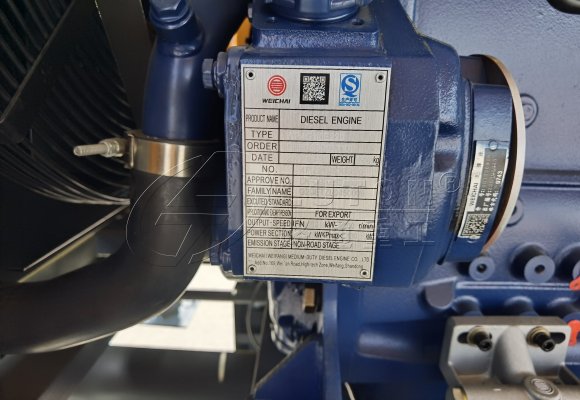

Multiple Factors Should Be Considered For 100m+ Pumping Height
When the pumping height exceeds 100m, multiple factors should be considered as selecting a suitable concrete pump. They are included but not limited to the following facts.
Conveying Volume
Firstly, it is necessary to determine the maximum required conveying volume. Usually it is based on the hourly concrete conveying volume (m³/ h) To measure. This depends on the scale and schedule requirements of the project.
Outlet Pressure
Secondly, outlet pressure is also an important parameter. The outlet pressure should be sufficiently high to ensure that the concrete can be smoothly pumped to a height exceeding 100m. Usually, the outlet pressure of a concrete pump is expressed in MPa. When selecting a pump, it should be ensured that its outlet pressure can meet or exceed the pressure requirements generated by the required pumping height.
Engine Power
In addition, the power of the motor is also a factor that needs to be considered. The higher the power, the better the performance of the pump, which can cope with higher pumping pressure and longer pumping distance. But at the same time, it is also necessary to comprehensively consider cost and energy efficiency ratio.
Pump Performance And Types
Finally, the type and performance of the pump are also crucial for selection. For example, trailer concrete pumps, inclined gate valve pumps, and “S” pipe valve pumps each have their own characteristics and applicable scenarios. The inclined gate valve pump has a wide requirement for the diameter of aggregates in concrete and is priced lower, but the pumping height is limited; The pumping height of the “S” pipe valve pump can reach 150 meters or more, but its price is high and it has strict requirements for aggregates.
In summary, when the pumping height exceeds 100m, the above factors should be comprehensively considered and a concrete pump with sufficient outlet pressure, appropriate power, and meeting engineering requirements should be selected. It is recommended to consult professional concrete pump suppliers or engineers for more accurate selection and configuration suggestions.
Excessive Concrete Pump Pressure
Excessive pumping pressure of concrete pumps may lead to a series of negative consequences, mainly including the following aspects.
Pipeline Rupture And Leakage
Excessive pumping pressure may exceed the bearing limit of the pipeline and its joints, leading to pipeline rupture or leakage at the connection. This not only interrupts pumping operations, but also leads to safety hazards to the construction site, such as splashing concrete residue and sudden liquid spraying.
Concrete Layering And Segregation
Excessive pressure may cause the concrete too quick flow in the pipeline. It increases the risk of concrete layering and segregation. Layering may lead to uneven distribution of concrete components and affect the overall performance of concrete. Segregation may cause the separation of aggregates and mortar, affecting the strength and workability of concrete.
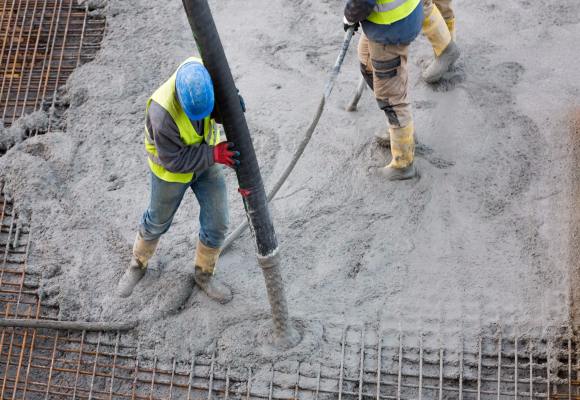
Deterioration Of Concrete Quality
Excessive concrete pump pressure may cause excessive compression of concrete in the pipeline. It will prevent the smooth discharge of bubbles so the compactness and strength of concrete material will be affected.
Equipment Damage
Long term operation under excessive pressure will cause severe wear and damage to concrete pumps and related equipment, shortening the service life of the equipment. This not only increase the cost of repairing and replacing equipment, but may also affect the construction progress.
Safety Hazards
Excessive concrete pump pressure may also cause other safety hazards, such as accidental injury caused by operator misoperation, fire caused by electrical equipment failure, etc.
Therefore, during the concrete pumping process, the pumping pressure should be strictly controlled within a reasonable range. At the same time, strengthening the maintenance and upkeep of equipment and improving the skill level of operators, are also important measures to prevent excessive pumping pressure.
Insufficient Pumping Pressure
Insufficient concrete pumping pressure may lead to a series of adverse consequences, mainly including the following aspects.
Reduced Pumping Efficiency
When the pumping pressure is insufficient, the flow rate of concrete in the pipeline will slow down. It will result in a significant decrease in pumping efficiency. This not only affects the construction progress, but may also increase the project cost.
Reduced Fluidity Of Concrete
Low pressure may cause poor flow of concrete in pipelines, resulting in blockages or interruptions. This will affect the uniformity and compactness of concrete, thereby affecting its strength and durability.
Intensified Pipeline Wear
Under low pressure conditions, the frictional resistance of concrete in the pipeline increase, which may lead to increased wear on the inner wall of the pipeline. This not only affects the service life of the pipeline, but may also cause safety issues such as pipeline leakage.
Unstable Concrete Quality
If the concrete pump pressure is too low, it may cause layering, segregation, and other phenomena during conveying process. It makes the quality of concrete unstable. This will affect the uniformity and workability of concrete, and reduce the quality of the project.
Therefore, if the pumping pressure is too low, the pumping system should be checked and adjusted in time to ensure that the concrete can be delivered to the destination smoothly and efficiently. Meanwhile, regularly maintenance and upkeep of equipment, professional operators are important to prevent low pumping pressure.
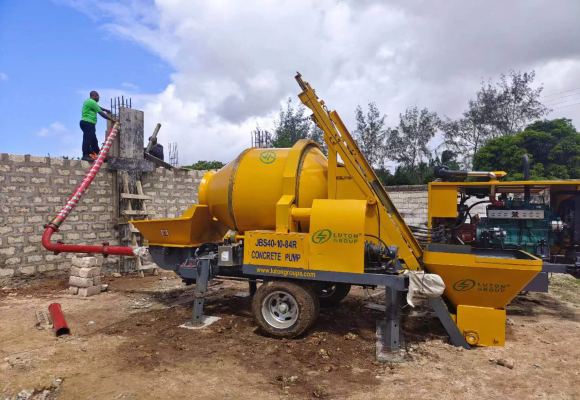
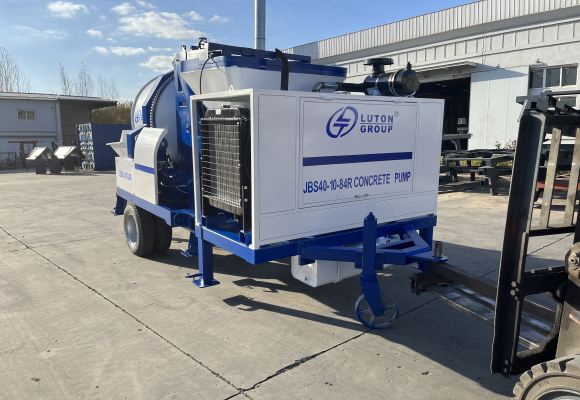
Adjustment Method of Concrete Pump Pressure
Concrete pump pressure can be adjusted in the following ways.
Adjusting the Displacement of the Variable Pump
The concrete delivery pump adopts an open-mode hydraulic system. And the displacement of the variable pump directly affects the pumping pressure. Users can adjust the concrete pump pressure by adjusting the displacement of the variable pump appropriately. However, it should be noted that adjusting the displacement of the variable pump requires optimizing the hydraulic system design, otherwise it may cause abnormalities in the hydraulic system due to excessive of insufficient displacement.
Adjusting The Pressure Of The Relief Valve
The relief valve in the hydraulic system is an important component for controlling the pressure of the hydraulic system. By adjusting the pressure regulating screw of the relief valve, the pressure of the relief valve can be controlled. Thereby, the purpose of adjusting concrete pump pressure can be achieved.
Adjust The Inlet And Outlet Valves
Properly adjusting the inlet and outlet valves can change the speed and flow rate of concrete conveying, thereby achieving the adjustment of concrete pump pressure.
When adjusting concrete pump pressure, it is recommended t first cut off the power supply of the concrete conveying pump to ensure safety. Then, based on specific requirements and construction conditions, adjust gradually using the above methods until the appropriate pumping pressure is reached. At the same time, to ensure the smooth progress of concrete pumping, regular inspections and maintenance of the safety valve and hydraulic pump of the concrete pump should also be carried out.
Note please: Adjusting the pumping pressure is a process that requires professional knowledge and experience. It is recommended that the operation be carried out by professional concrete pumping operators to ensure the safety and efficiency of the pumping process.
Adjust Steps of Concrete Pump Pressure
The steps to adjust the concrete pump pressure mainly include manual mode and automatic mode. The main steps for manual adjustment are as follows.
Adjust The Flow Rate Of The Main Oil Pump
By turning the adjustment knob on the main oil pump, gradually increase or decrease the flow rate of the oil pump to achieve the require pumping pressure.
Adjust The Distribution Valve
The distribution valve of the concrete pump is responsible for distributing concrete to various discharge ports. Properly adjusting the opening of the front distribution valve can increase the pumping pressure, while adjusting the opening of the rear distribution valve can reduce pump pressure.
Automatic Adjustment
Automatic adjustment relies on the automatic adjustment devices on the equipment, such as electronic switches, pressure sensors, PLC, etc. These devices can automatically adjust the pumping pressure according to construction needs. Among them, the pressure sensor can measure the outlet pressure of the concrete pump and automatically adjust it according to the set parameters, while also monitoring the working status of the concrete pump.
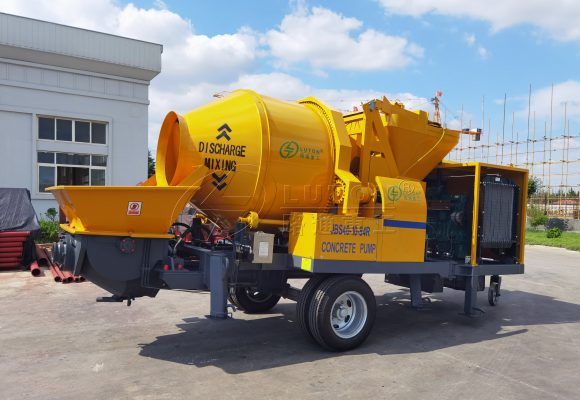

Attentions Of Pressure Adjustment
When adjusting the concrete pump pressure, the following points need to be noted.
Safety First
In any adjustment process, safety always comes first. Operations should wear protective equipment that meets safety requirements. Such as helmets, safety shoes and gloves. At the same time, operators should be proficient in concrete pumping technology and strictly follow the operating procedures to avoid danger.
Equipment Status Inspection
Before adjusting the concrete pump pressure, a comprehensive inspection of concrete pump machine is required to ensure that it is in good working condition. This includes checking the normal operation of the hydraulic system, whether the oil temperature is too high, whether the liquid level is sufficient, and whether the delivery pipeline is tight.
Gradual Adjustment
When adjusting concrete pumping pressure, it should be done step by step to avoid sudden and significant adjustments. You can first run the concrete pump to its limit state, adjust the output state to the maximum pressure, and then gradually adjust it to the appropriate state required for construction.
Maintenance Pressure Balance
During the pumping process, the pressure inside the pipeline should be maintained in balance. If the pressure inside the pipeline is unbalanced, it may cause vibration and fluctuation of the pipeline, and even lead to pipeline rupture and concrete leakage. Therefore, when adjusting the pumping pressure, it is necessary to pay close attention to the pressure changes inside the pipeline and take corresponding measures to maintain its balance.
Pay Attention To The Quality Of Concrete
The quality of concrete has a direct impact on the pumping pressure. When adjusting the pumping pressure, it is necessary to ensure that the fluidity, setting setting time, and other parameters of the concrete meet the construction requirements to avoid pumping pressure fluctuations caused by concrete quality issues.
Overall, adjusting the pumping pressure of concrete pumps is a process that requires caution and professional knowledge. In practical operation, various factors should be comprehensively considered to ensure the safety, stability, and efficiency of the pumping process. If necessary, it is recommended to consult a professional concrete pumping service provider or engineer.
Hot Models Of LUTON Concrete Pumps
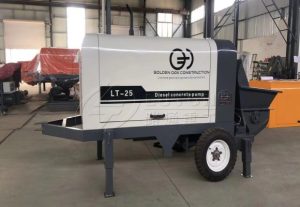
Mini Concrete Pump
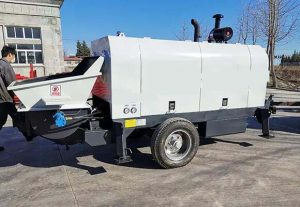
High-Pressure Concrete Pump

Concrete Trailer Pump
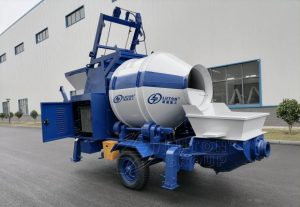
Concrete Mixer Pump
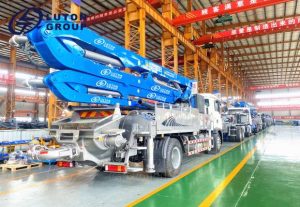
Concrete Boom Pump
